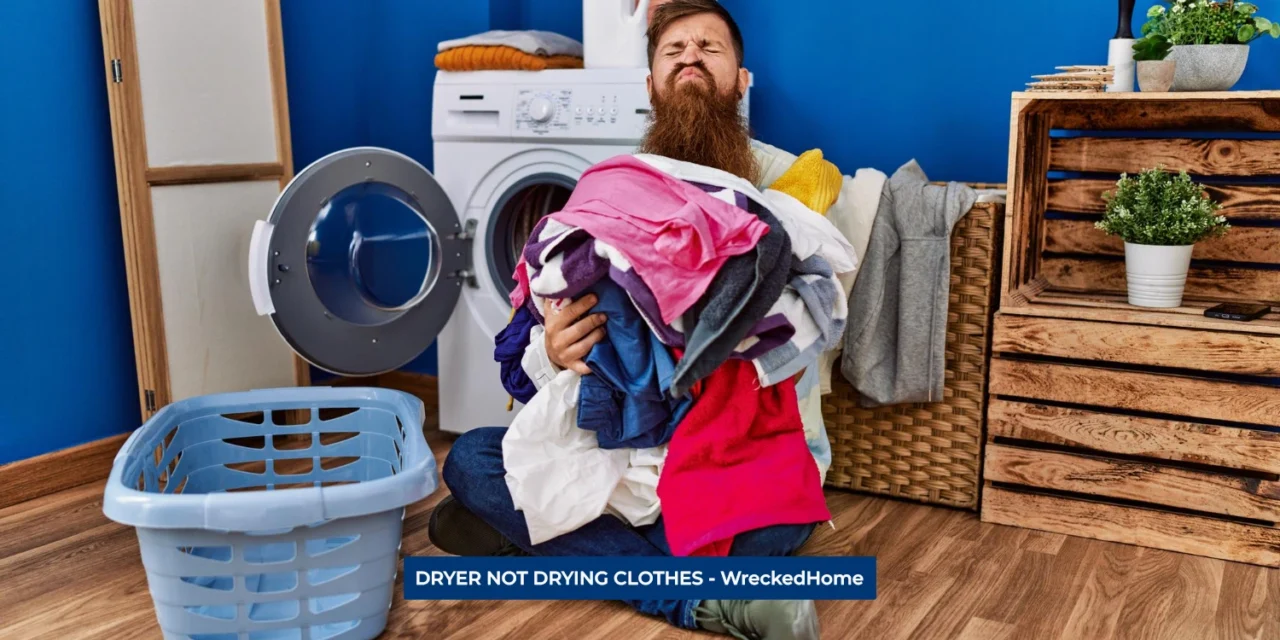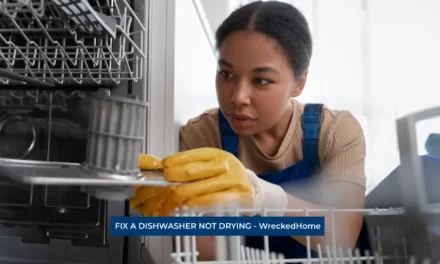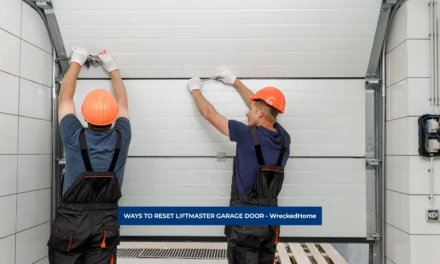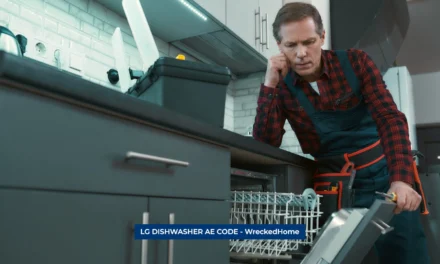In the realm of household inconveniences, one of the most common issues is to find damp clothes in your dryer. This common woe, encapsulated in the phrase “dryer not drying clothes,” disturbs the routine of laundry and makes it a time consuming task. In the long run it can lead to heavy costs; therefore comprehending troubleshooting techniques is not just a convenience but a necessity.
Imagine you’ve diligently loaded your clothes into the dryer, set the timer, eagerly returned, and you find disappointing results with damp clothes. In this situation what will you do? That’s where understanding why this occurs and how to rectify it comes in. Overall, it will help you to restore your dryer’s harmony.
It can be daunting task to handle dryer issues, but knowing how to troubleshoot the most common issues empowers you to identify and often resolve problems swiftly. Luckily for you, there are times saving techniques that can help you to overcome potentially expensive repair bills.
As we navigate through this troubleshooting guide, keep your focus on how to find reasons for your “dryer not drying clothes.” You will find reasons along with solutions with the proper knowledge needed. Let’s embark on a journey to unveil solutions to conquer this household dilemma. But, let’s get educated first. Let’s learn how a dryer works.
How a Dryer Works
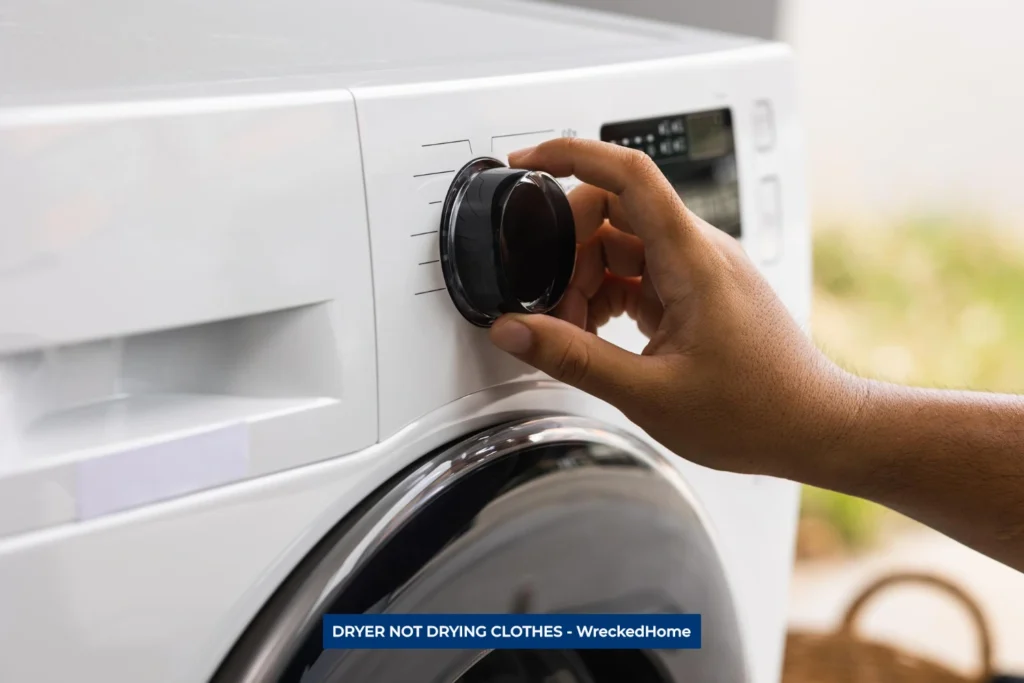
At its core, the drying process within a dryer is a combination of physics and engineering. Once you put your wet clothes in a dryer there is a sequence of events that transforms water-laden fabrics into dry, wearable garments.
The basic process starts with the mutual functioning of components to achieve the desired result. There is a motor that sets the drum in to produce heat. This heat is responsible for generating warmth. Please understand that each part plays a crucial role.
Ventilation systems, thermostats, and belts collectively contribute in the drying cycle and make the manual dry more efficient with the help of the dryer.
Heat is the most basic part to dry clothes by gently coaxing moisture out of fabrics. At the same time, airflow ensures this evaporated moisture has an escape route that prevents from the creation of a humid cocoon within the dryer.
One of the parts that is responsible for the proper drying of your garments is tumbling. Together, these elements (the ventilation system, heat, and tumbling) choreograph a ballet within your dryer and ensure even drying.
Common Reasons for your dryer not drying clothes

A well-functioning dryer is a harmonious blend of various components that play important roles with respect to their function for efficient drying processes. When this symphony is disturbed due to any fault then the result comes in the form of damp clothes. This leads to your “dryer not drying clothes”. Let’s delve into 6 common reasons to acknowledge the issues that will help you to find a solution:
- Insufficient Heat: The heating element is a linchpin in the drying process that functions by the motor. If there is any malfunctioning in creation of warmth, clothes won’t dry effectively. This can lead to an improper drying process.
- Thermostat Malfunctions: The thermostat acts as the regulatory brain of the dryer that gives optimum temperature. When this component fails, it can lead to erratic heating cycles or cause lack of warmth. It results in moisture.
- Poor Airflow: Efficient ventilation systems integrated in the dryer is important for effective drying. Blocked vents or ducts impede the escape of moist air and hinder the dryer in proper air flow. The moist air stuck in dryer keeps the clothes damp.
- Mechanical Issues with the Drum or Belt: The rotating drum is fundamental to the tumbling action and drying process. Wear and tear on the drum or belt creates friction and hinders proper movement. This causes the mechanical breakdown that stops the drying function of your dryer.
- Motor Problems: The motor initiates the drum’s rotation, and any malfunction can stop or slow down the drying cycle. Issues such as motor overheating or electrical failures can also be the reason behind this.
- Faulty Sensors: Modern dryers come with feature sensors that detect moisture levels in clothes. If these sensors malfunction, then they are unable to give proper signals about the end of the cycle. The outcome will be disturbing and leave clothes damp.
So the reason behind your dryer not drying clothes can be minor to complex. You need to address these common issues that require a systematic approach to troubleshooting. By combining technical know-how with a keen eye for potential malfunctions you can do it.
Visit our store for 10% off our Cleaning Products here.
DIY Troubleshooting Guide
Once you find the stressful issue of your “dryer not drying clothes,” fear not. Because now you can solve it with the help of this comprehensive troubleshooting guide. There are solutions that empower you to become the handy technician your appliance needs. Let’s explore the six DIY solutions for common dryer problems:
1. Testing the Heating Element:
- Problem: Insufficient heat is a frequent culprit in any appliance. To test the heating element, set your dryer to a high-temperature setting and keep eye on it to test after 2 to 3 minutes. Repeat it for 2 to 3 times if there’s no heat, the element may need replacement.
- Solution: Replace a faulty heating element by following the manual guide. Ensure the power is off before attempting any repairs and follow the instructions.
2. Verifying Thermostat Functionality:
- Problem: If there’s any issue in thermostat function then this can lead to temperature irregularities. Use a multimeter to test if it is allowing current to flow when the dryer is running. If there is not any current then the thermostat is damaged.
- Solution: The one and only solution is to replace the thermostat by disconnecting it from the power source.
3. Cleaning Lint Filters and Ducts:
- Problem: Blocked filters and ducts block airflow, and cause inefficient drying. Regularly check and clean lint filters to find any debris or block particles.
- Solution: Use a vacuum or lint brush to remove dust and dirt from filters and ducts. You must ensure the ventilation process after cleaning for optimal drying.
4. Inspecting Drum and Belt for Wear and Tear:
- Problem: Over time the continuous use of dryer can wear the belt of dryer. Check for any visible wear or tears in the drum or belt if you find it then replace it.
- Solution: To replace the belt cut off electricity and open you dryer by following your dryer manual. Replace the belt with the help of guided steps.
5. Lubricating or Replacing Motor Components:
- Problem: Motor malfunctions can resist the drum rotation. If the motor is making unusual noises or not running properly, it may need lubrication or replacement.
- Solution: Consult your dryer’s manual for instructions and access your dryer motor. Lubricate it and check. If the problem persist then replace it.
6. Calibrating or Replacing Faulty Sensors:
- Problem: Sensors that inaccurately detect moisture levels can fail in detection and show premature signals that stop your dryer. Test the sensors by running a small load and checking for proper drying frequently. If there is issue in the sensor then change it.
- Solution: Calibrate sensors following the manual’s instructions. If calibration fails, consider replacing the sensors for accurate moisture detection.
By systematically addressing these issues, you can enjoy hassle free drying. Before replacing your dryer you must try these cost effective ways as a farewell of the frustrating era of damp clothes. Remember, safety first—always disconnect power before attempting any DIY repairs.
Tips for Preventing Future Drying Issues
If you are a new buyer of a dryer or just got yours repaired then you can prolong its performance with proper care. Here are a few tips to prevent your dryer from issues.
- Regular Maintenance Routines: Establish a routine for checking and cleaning for inspections of vents and ducts to ensure unrestricted airflow.
- Proper Loading Techniques: Avoid overloading the dryer that resists in functioning. Opt for smaller, well-distributed loads for optimal results.
- Sort Clothes by Fabric and Thickness: Group clothes based on fabric type and thickness as similar items promote efficiency.
- Use Dryer Balls: Invest in dryer balls to ensure better air circulation and more efficient drying.
- Avoid Drying Bulky Items Alone: Bulky items like comforters or large blankets can impede airflow so try to perform this in manually.
- Ventilation: Keep vents or ducts clean by removal of debris and open them fully when the dryer is in use.
- Professional Inspections: Schedule periodic professional inspections to identify and address emerging problems, extending the life of your dryer.
By incorporating these tips into your laundry routine, you can avoid serious troubles. It isa cost effective and value added way to make your dryer a reliable ally in the battle against damp clothes.
Conclusion
In the era of advanced laundry tasks, the frustration of your “dryer not drying clothes” finds its resolution. You can troubleshoot the issues through understanding, vigilance, and proactive care. Armed with the knowledge of how a dryer functions and a DIY troubleshooting guide, you prevent yourself from loss and heavy costs.
With these proper ways that are mentioned in this guide, we hope you bid farewell to the damp woes. But in this scenario don’t forget the importance of professional inspections, a safeguard against unforeseen issues. With these tools at your disposal enjoy your laundry days as they should be filled with the warmth of perfectly dried clothes.
For any repairs, installations, builds, or questions; We recommend you to hire a professional. Find A Pro Near You Here!
FAQs
Why are my clothes still wet after drying?
When clothes remain damp post-drying then the reason can be from blockage of airflow to a motor defect. This obstruction prevents the efficient expulsion of moist air that resists in drying. To remedy this, disconnect the dryer from the vent, unplug it, and clean the path of air flow. Now test if the issue persists then try to troubleshoot with the above ways.
Can a dryer dry in 30 minutes?
The average drying time of dryer machine for a load of laundry typically falls within the range of 30 to 45 minutes. While certain items, such as towels or jeans, and heavy garments can require extra time. Therefore, it is necessary to adjust expectations based on the specific items being dried to achieve optimal results.

